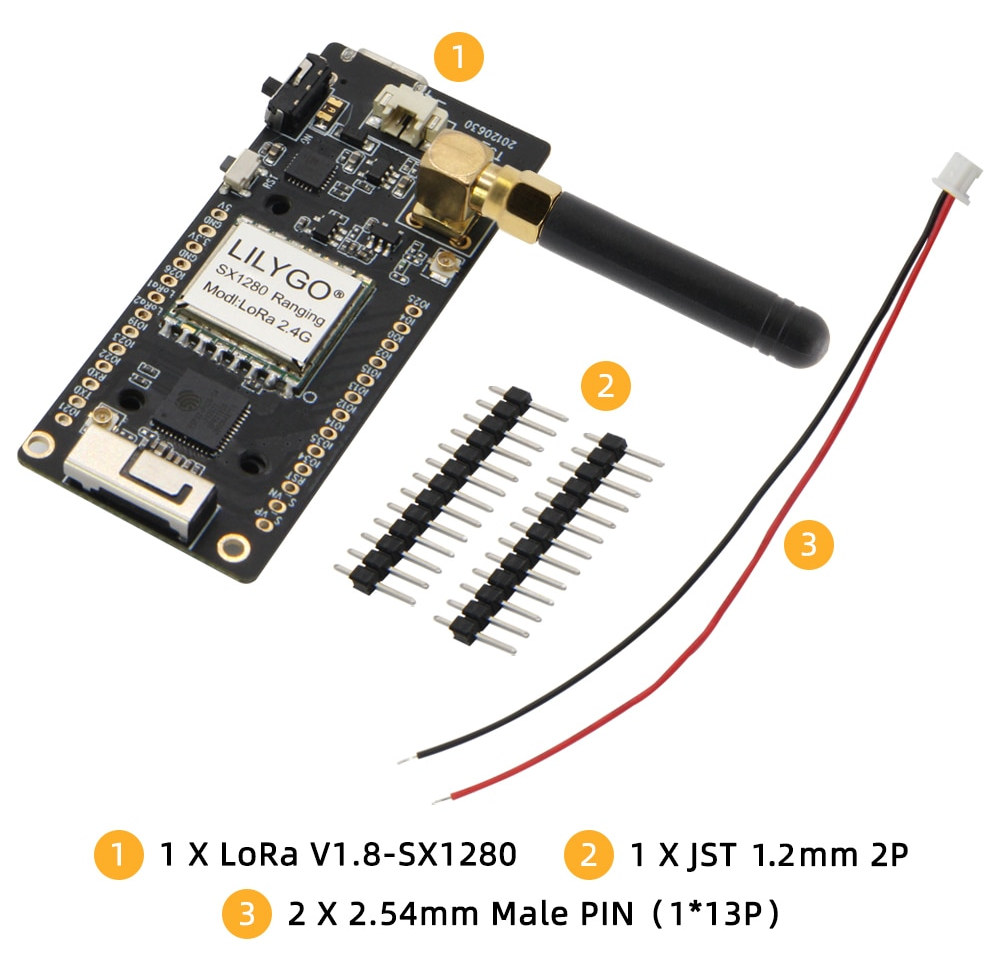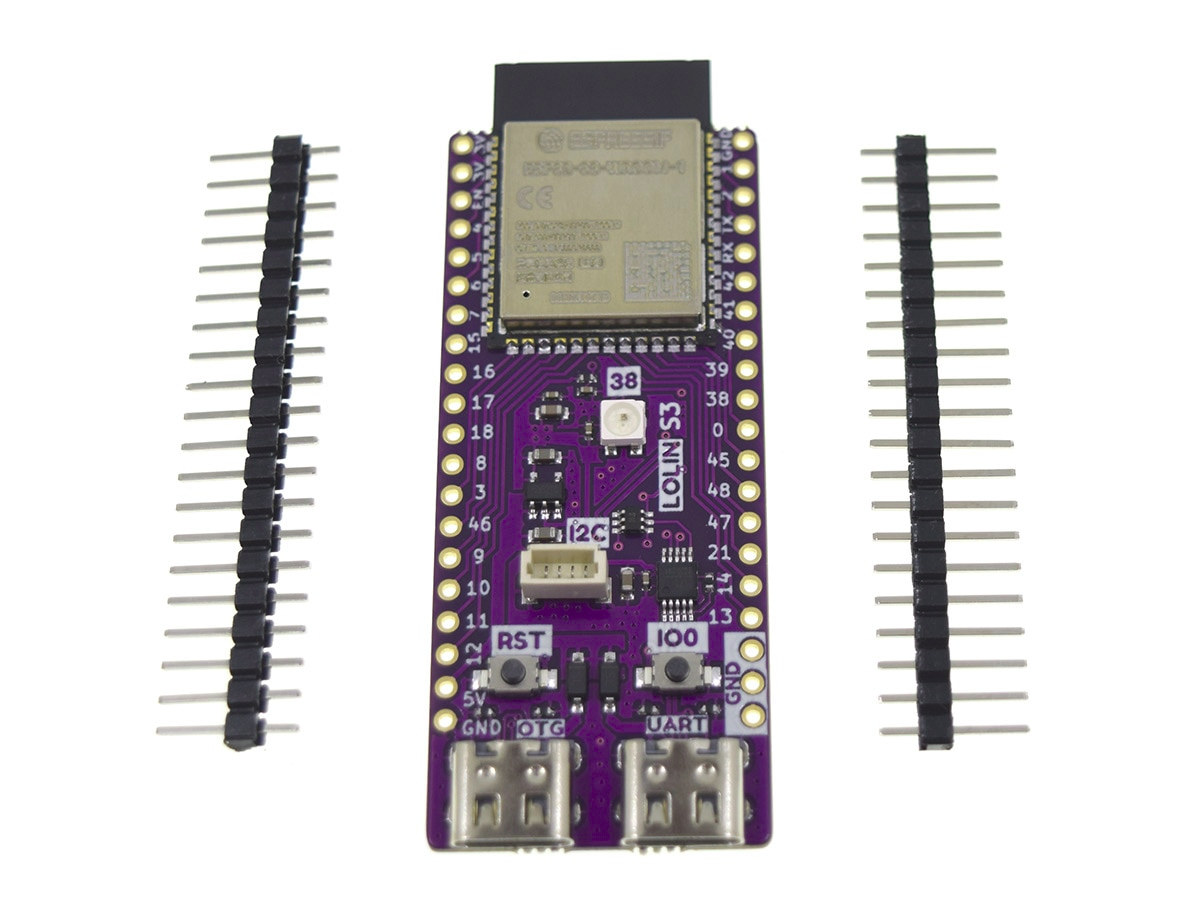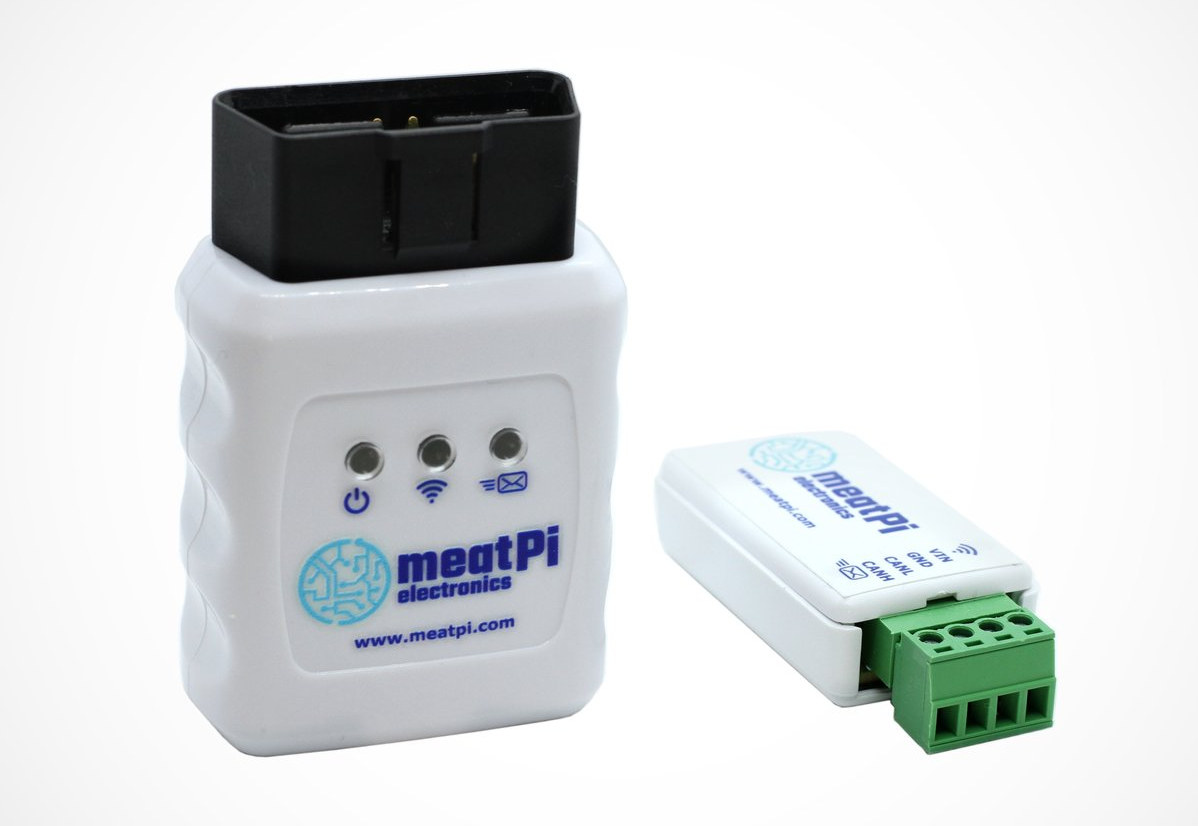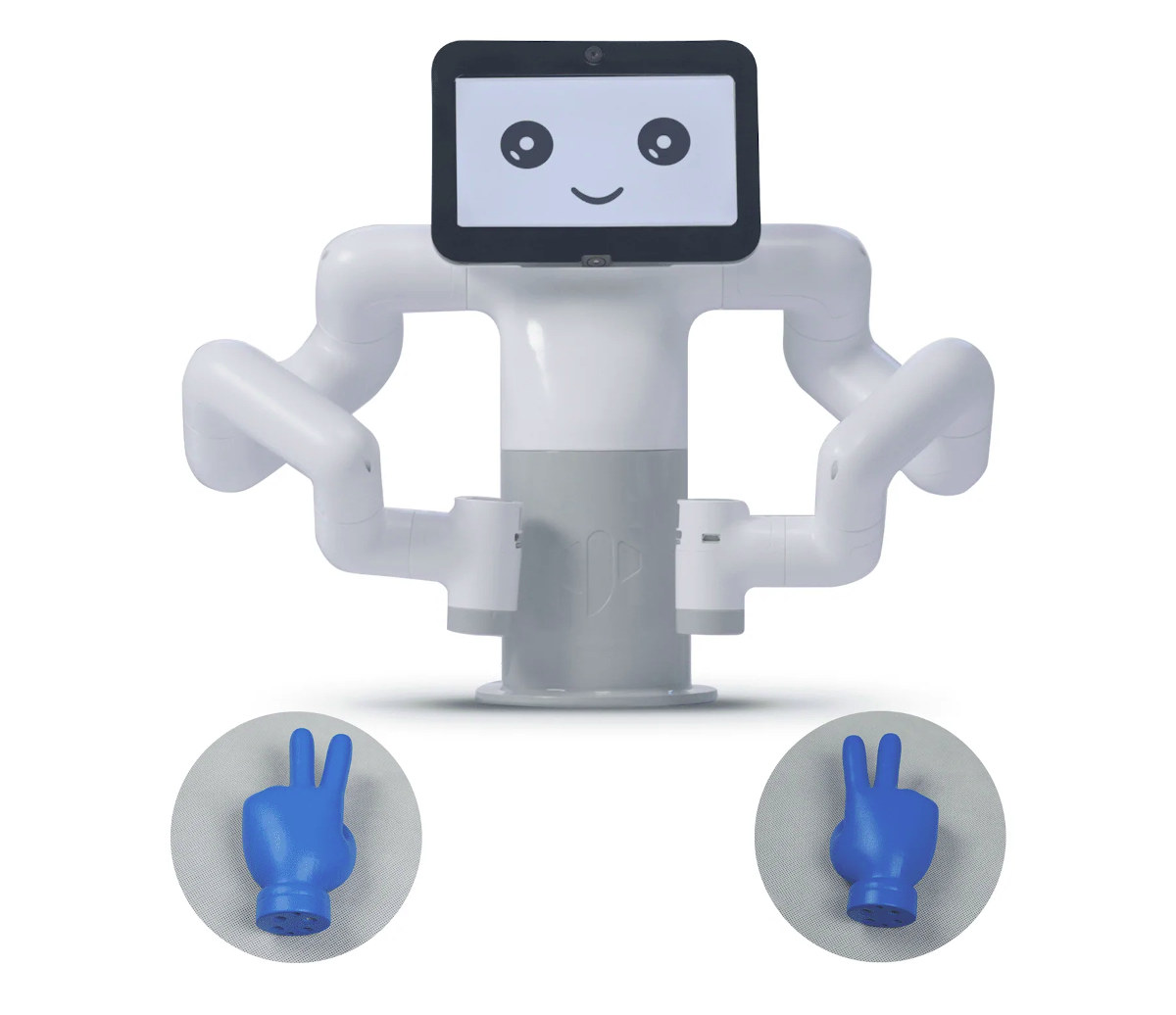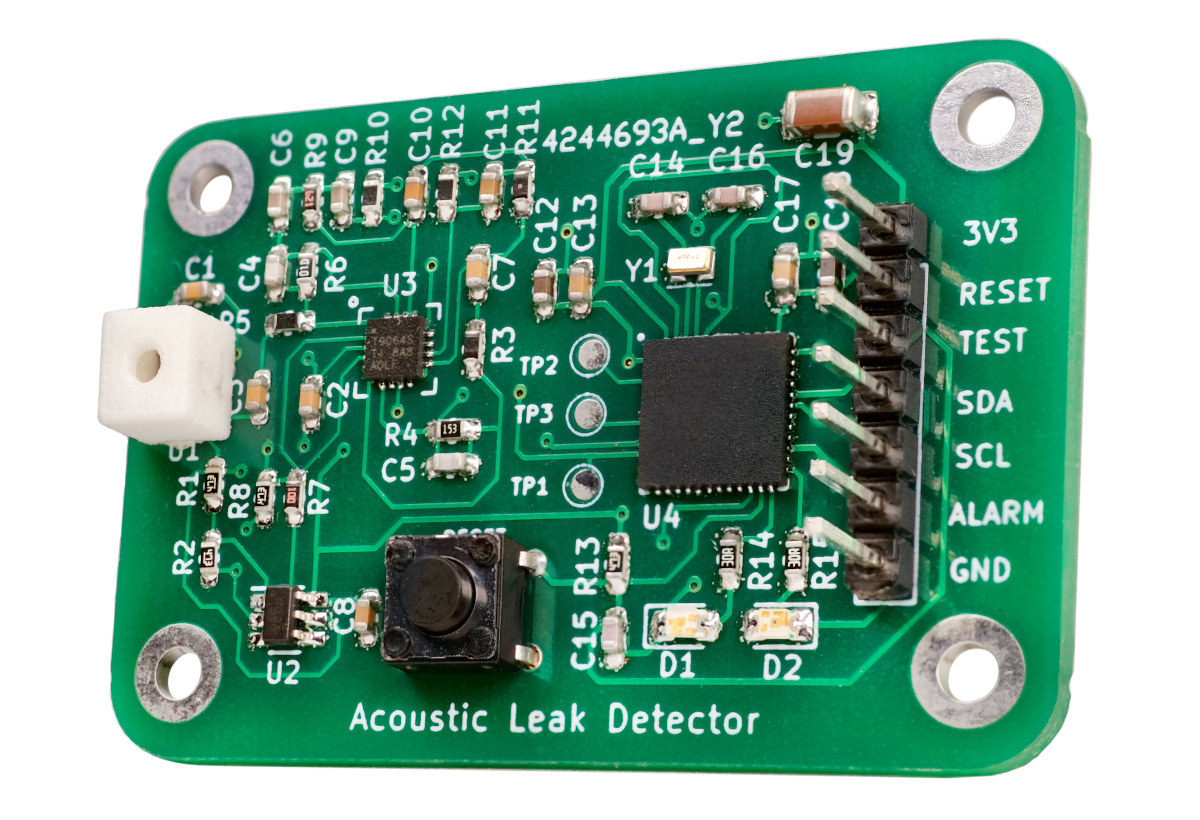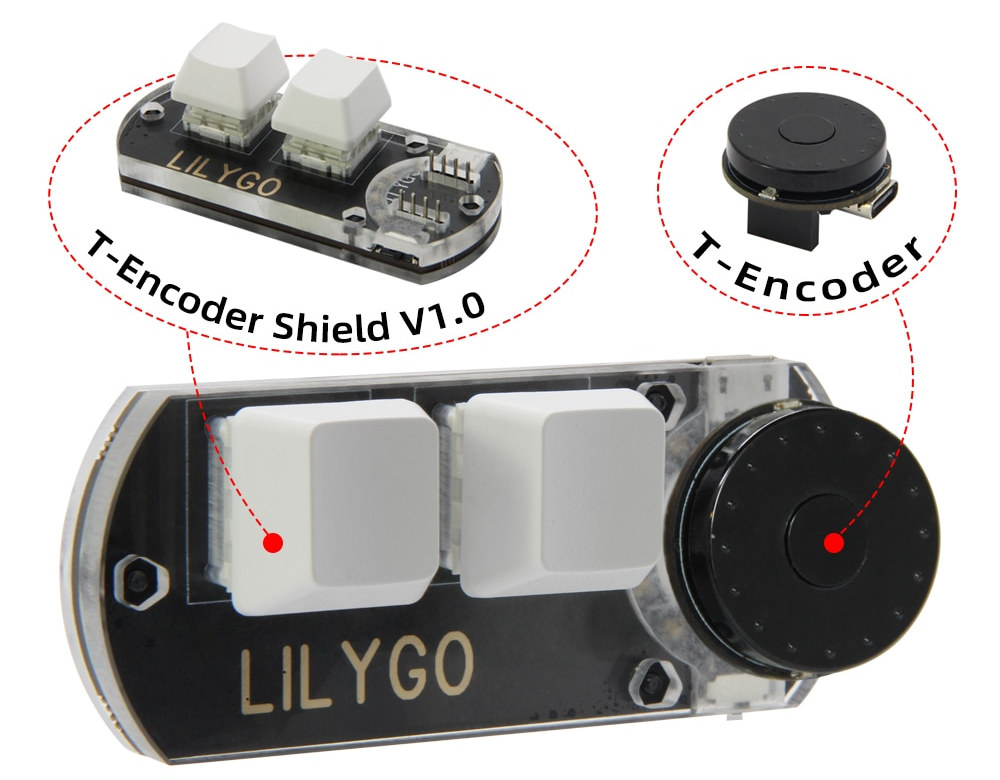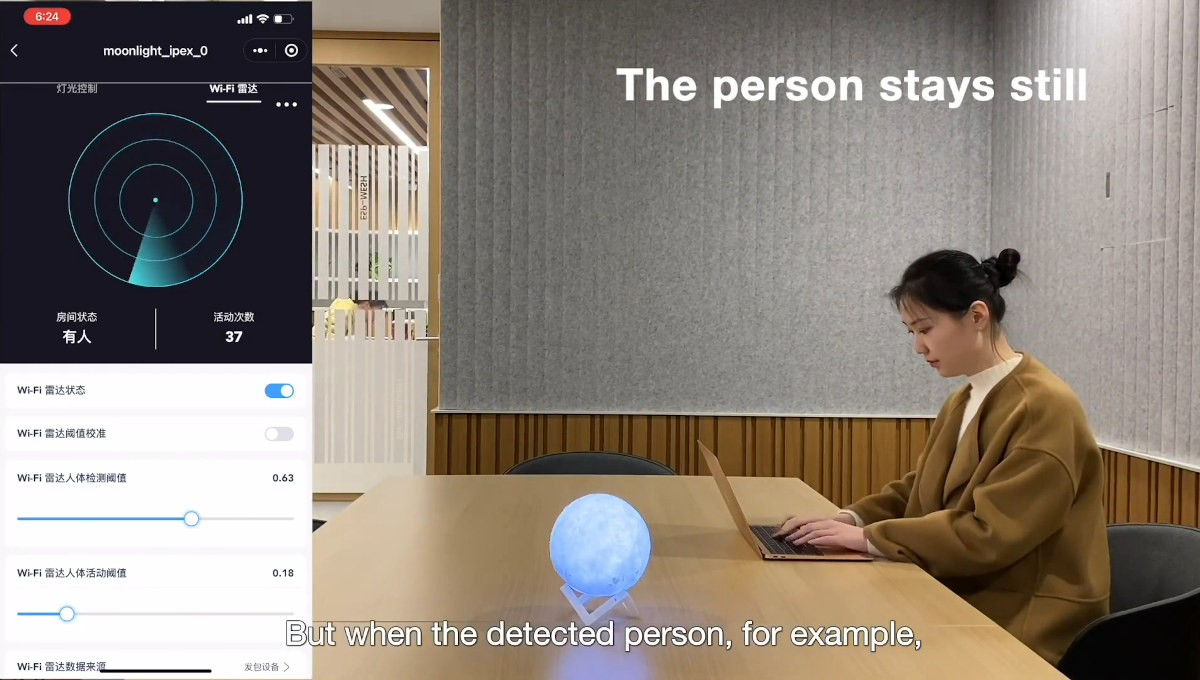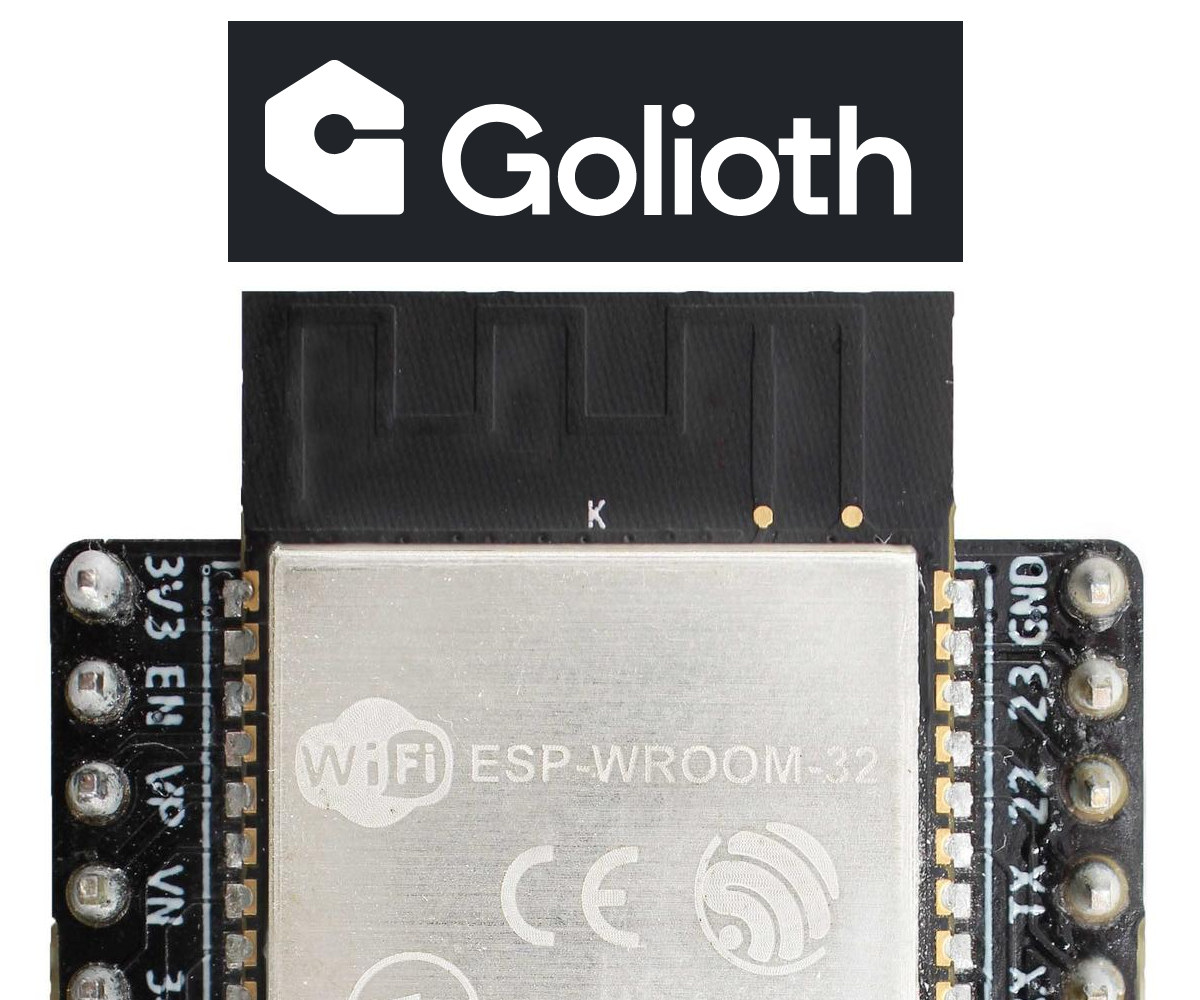We’ve seen plenty of ESP32 LoRa boards with the traditional 433 MHz, 868 MHz, or 915MHz frequencies, but I think LilyGO LoRa V1.8 (aka T3 V1.8) is the first ESP32 board that integrates a Semtech SX1280 transceiver for the 2.4GHz LoRa standard used for global coverage, notably maritime applications, and ranging. The ESP32 & SX1280 board also offers 26 pins for expansion, a microSD card for data storage, a 2-pin connector for batteries, a 0.96-inch OLED for information display, and comes with a 3D antenna and u.FL connector for WiFi and Bluetooth, and an SMA antenna for LoRa connectivity. LilyGO LoRa/T3 V1.8 specifications: SoC – Espressif ESP32 dual-core Xtensa LX6 processor with 2.4 GHz WiFi 4 and Bluetooth 4.2 Storage – 4MB SPI flash, microSD card slot Display – 0.96-inch OLED display with 128×64 resolution (SSD1306 I2C driver) Connectivity 802.11 b/g/n WiFi 4 up to 150 Mbps + Bluetooth 4.2 […]
$7 Lolin S3 ESP32-S3 board ships with MicroPython firmware
Lolin S3 is the first ESP32-S3 board from the company, but instead of using the more compact D1 mini form factor, the board features a longer design with two rows of 20 pins offering up to 31 GPIOs. Based on ESP32-S3-WROOM-1 module, the board features 16MB QSPI flash, 8MB SPRAM, two USB Type-C OTG and UART ports, a Lolin I2C port, an RGB LED, as well as Reset and user buttons. Lolin S3 specifications: Wireless module – ESP32-S3-WROOM-1 module with: Espressif Systems ESP32-S3 dual-core Tensilica LX7 @ up to 240 MHz with vector instructions for AI acceleration, 512KB RAM, 2.4 GHz WiFi 4 and Bluetooth 5.0 LE with support for long-range, up to 2Mbps data rate, mesh networking 16MB QSPI flash 8MB PSRAM PCB antenna USB – 2x USB Type-C ports, one OTG port, one UART port for programming and debugging Expansion 2x 20-pin headers with up to 31x GPIO, […]
WiCAN ESP32-C3 CAN Bus platform is available in USB-CAN and OBD-II form factors (Crowdfunding)
WiCAN is an ESP32-C3 CAN bus adapter that works over USB, Wi-Fi, and Bluetooth LE, and designed for car hacking and general CAN bus development. The device is available in USB-CAN and OBD-II form factors and comes with firmware that works with RealDash to create nice-looking dashboards with the data. RealDash can be installed on Android, iOS, and Windows 10 operating systems. WiCAN specifications: Wireless module – ESP32-C3-MINI-1 with ESP32-C3 RISC-V microcontroller with 2.4GHz WiFI 4 and Bluetooth 5.0 connectivity, 4 MB flash, PCB antenna CAN 2.0 A/B interface up to 1 Mbps Host interface WiCAN-OBD – OBD-II connector WiCAN-USB – Mini USB port for USB-to-UART up to 6 Mbps Power Supply WiCAN-ODB – 7.5V to 16V (Vbat) WiCAN-USB – 7.5V to 36V via screw-terminal connector Power Consumption – <= 1 mA in battery-saving mode The CAN Bus adapter also supports firmware updates over WiFi, and can be used either […]
myBuddy 280 dual arm robot features Raspberry Pi 4 SBC and ESP32 controllers
Elephants Robotics myBuddy 280, aka myBuddy 280 Pi, is a dual-arm collaborative robot for education with a 7-inch display powered by Raspberry Pi 4 SBC, and also features three ESP32-based M5Stack core modules that help with the internal communication between the motors and the Raspberry Pi board. It builds upon the earlier myCobot 280 Pi robot with a single arm, with the same 280mm working range, but the new robot offers two arms, and a total of 13 degrees of freedom (DoF). The robot is also equipped with two 2MP HD cameras for computer vision, a standard 3.3V expansion I/O interface, a LEGO expansion interface, and can be fitted with a variety of adapters such as suction pumps, grippers, little hands (see below), etc… myBuddy 280 specifications: SBC – Raspberry Pi 4 (2GB or 4GB RAM) single board computer to control the display and communicate with the ESP32 modules IoT […]
AquaPing is an open-source, battery powered acoustic water leak detector module (Crowdfunding)
The AquaPing is an open-source hardware, ultra-low power acoustic water leak detector sensor based on Texas Instruments MSP430 microcontroller and a microphone that can detect leaks without having to do any plumbing, instead capturing audio for water leak detection, and it even works for leaks behind walls. All signal processing and analysis occur on the MSP430 MCU, so no audio is streamed to the cloud and eavesdropping is impossible, plus the sensor only captures high frequencies out of the range of normal conversations, so eavesdropping is not feasible, plus those higher frequencies are also said to provide highest sensitivity and reliability. AquaPing specifications: MCU – Texas Instruments MSP430FR5994 microcontroller to perform FFT spectral analysis (10x faster/efficient than ARM-Cortex M0+) Audio capture – MEMS microphone covered by a small rectangular plastic structure to form a Helmholtz resonator. Minimum detectable leak rate – 0.01 gpm (gallon per minute) depending on stand-off distance […]
ESP32 board with rotary encoder gets 2-key keypad shield
LILYGO TTGO T-Encoder, a round-shaped ESP32 board with a built-in rotary encoder, has gotten a shield with a 2-key keypad based on WCH CH552 8-bit microcontroller. Launched several months ago, the TTGO T-Encoder is a USB-powered rotary encoder with ESP32 microcontroller offering WiFi and Bluetooth connectivity, and now, you can build a keypad with rotary encoder thanks to T-Encoder shield that features two mechanical switches and keycaps with RGB LED backlight. Since we missed it at launch, let’s check out the tiny TTGO T-Encoder board specifications first: System-in-Package (SiP) – Espressif ESP32-PICO-V3-02 with MCU – ESP32 Xtensa dual-core 32-bit Xtensa LX6 microcontroller up to 240 MHz, 448 KB ROM for booting and core functions, 520 KB SRAM for data and instructions, 2.4 GHz WiFi 4 and Bluetooth 4.2 BR/EDR + LE connectivity Memory – 2MB SPI PSRAM Storage – 8MB SPI flash Dimensions – 7×7 mm Antenna – Ceramic […]
ESP-WIFI-CSI detects humans with WiFi signals only, no sensor needed
Espressif ESP-WIFI-CSI software relies on the disturbance in the force WiFi signals between one or more ESP32 boards and a router to detect whether humans are present in a room, or even indoor positioning, providing a cost-effective solution since no sensors are needed. Channel state information (CSI) leverages carrier signal strength, amplitude, phase, and signal delay indicators to reveal the signal scattering, reflection, and power attenuation phenomena that occur with the carrier as the transmission distance changes. This is typically used to measure the channel status of the wireless network in Wi-Fi communication, but it’s also possible to analyze and study the changes in CSI to detect movements such as walking and running of people or animals, and Espressif claims it can also capture subtle movements caused by small movements such as breathing and chewing of people or animals in a static environment. ESP-WIFI-CSI implementation works with all ESP32 series […]
Golioth ESP-IDF SDK connects ESP32 boards to the Golioth Cloud
Golioth have released an open-source “ESP-IDF SDK” to let ESP32 hardware connect to their Golioth Cloud, extending existing support from the existing Zephyr SDK. We previously covered the Golioth IoT development platform with a Zephyr SDK supporting nRF9160 and ESP32-C3 (officially), as well as over 100 other platforms, that aims to make it easier for hardware developers to connect things to the internet without needing to know how to use AWS IoT, Azure IoT, or the other cloud services. While in theory, it would be possible to keep using the Zephyr SDK on ESP32 hardware, the ESP-IDF framework is the main tool of Espressif Systems, and they will release new code to that ecosystem first. So even though Espressif Systems have another team that is bringing many of the same features to Zephyr, the changes will be implemented in the ESP-ID framework first. The Golioth ESP-IDF SDK will be able […]


